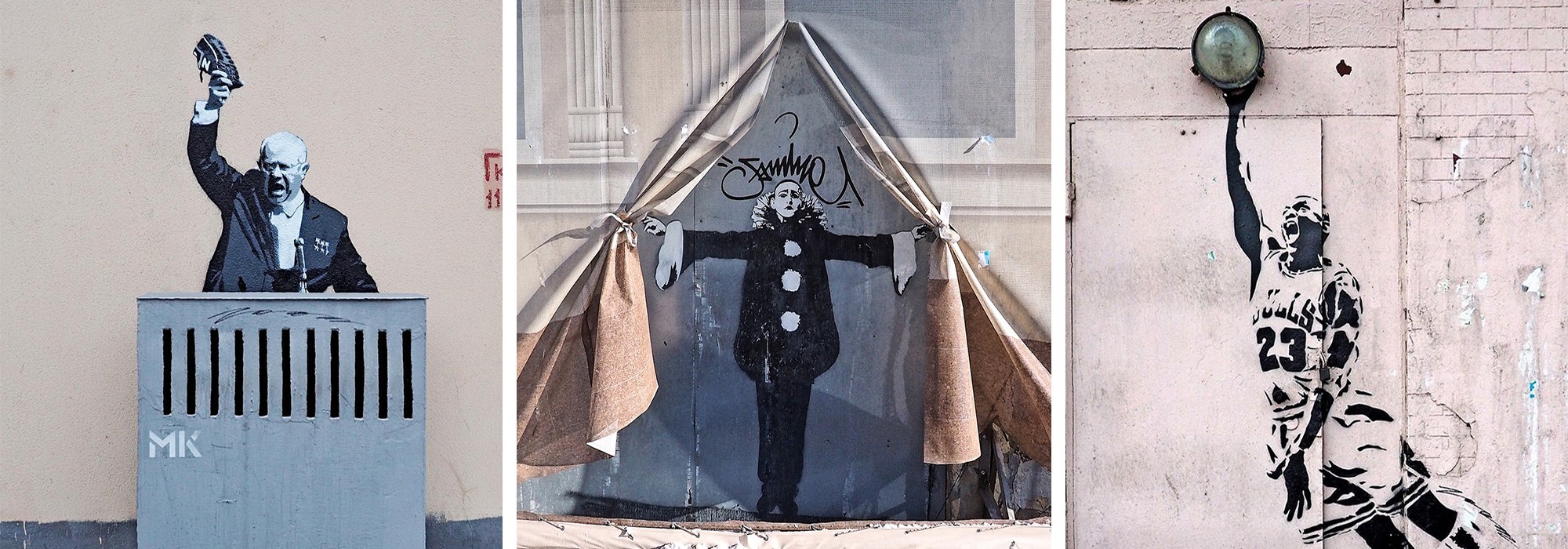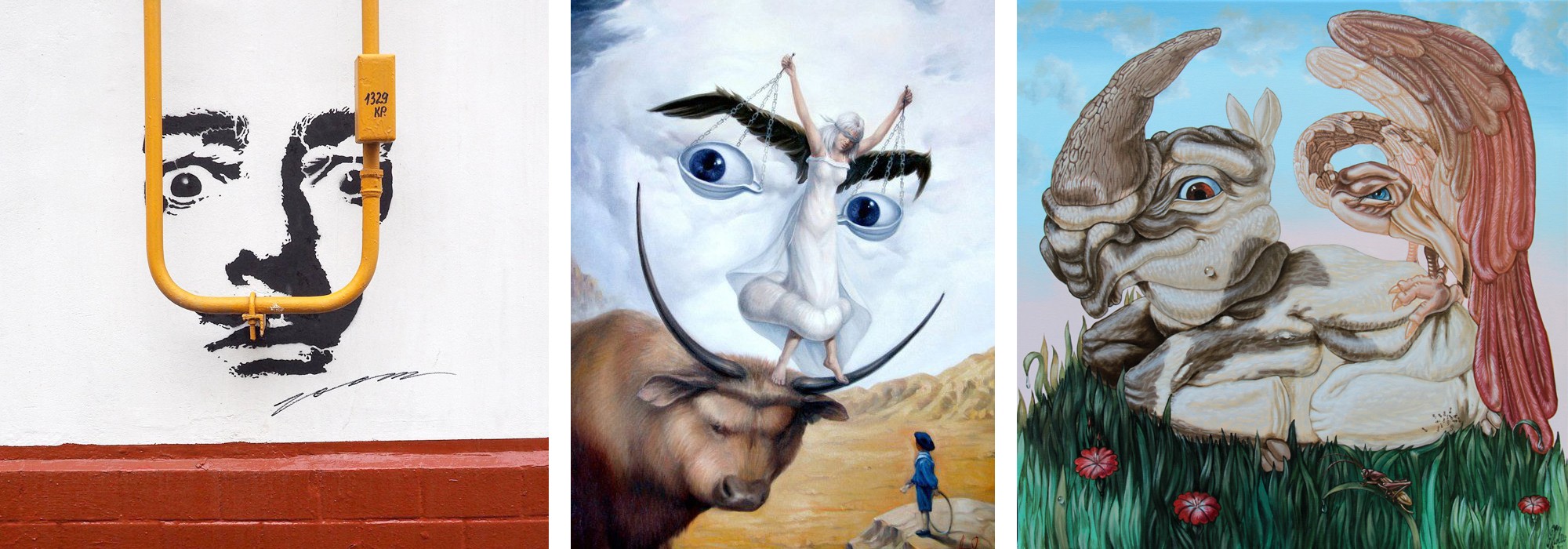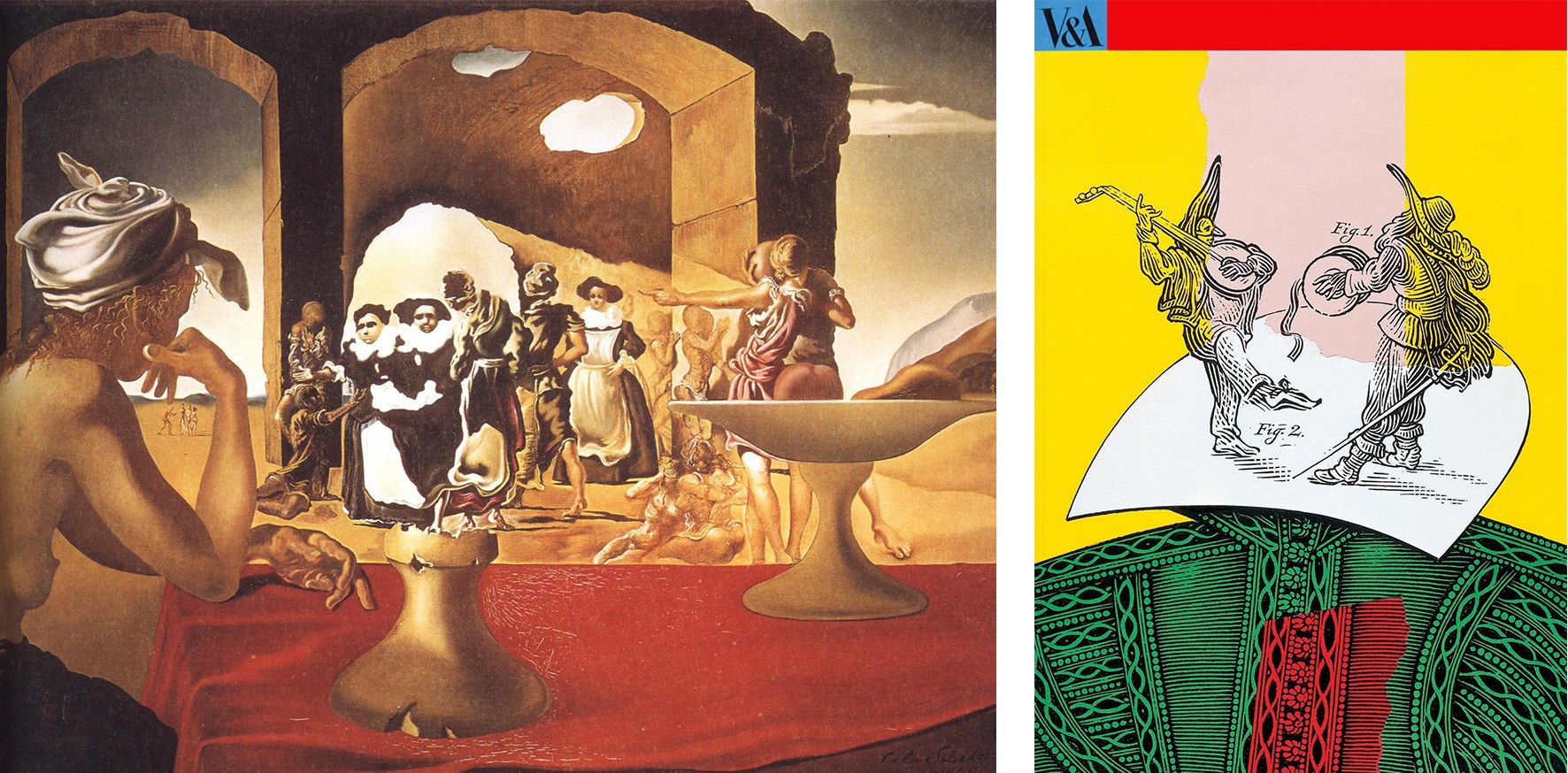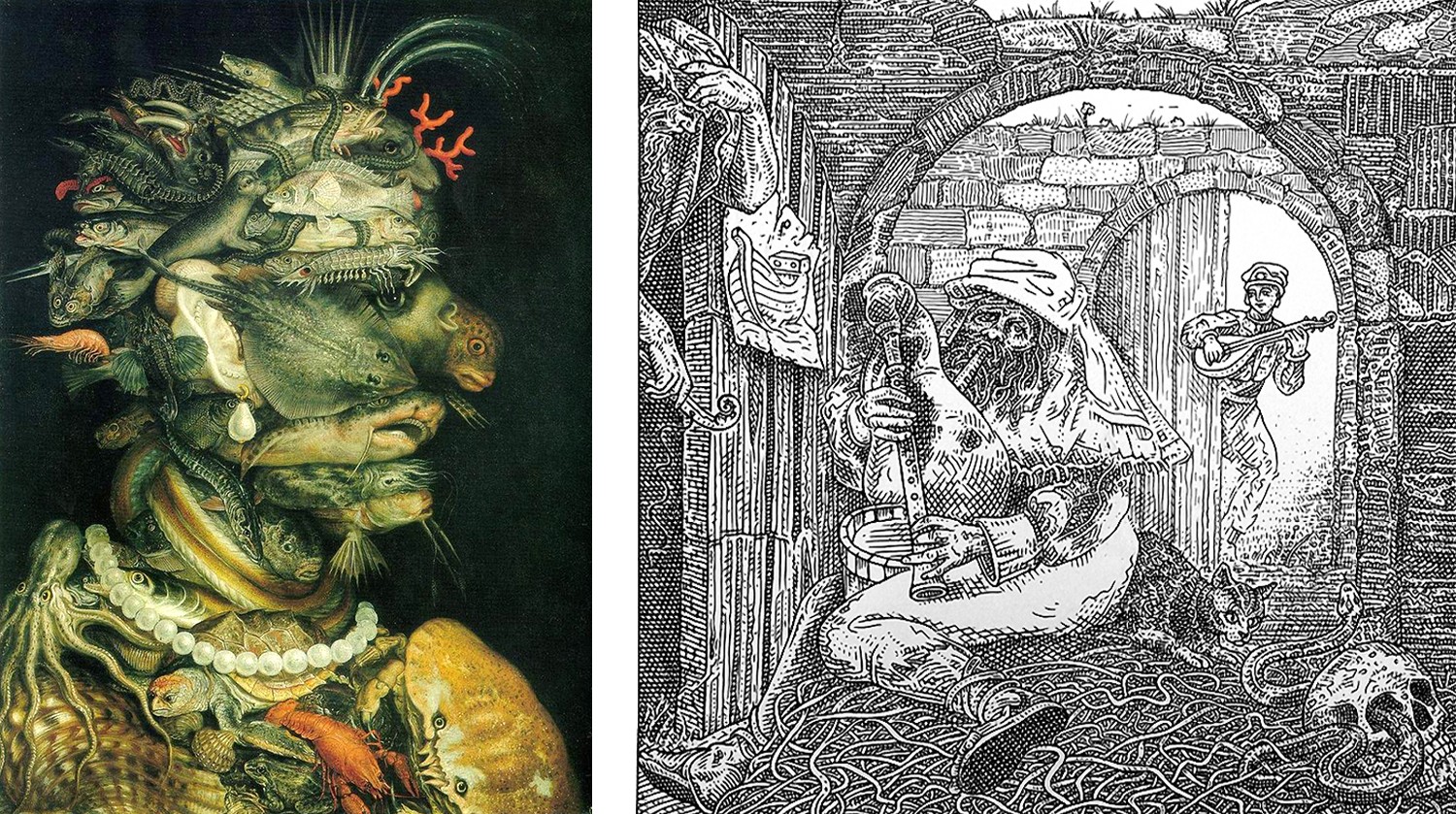To my co-authors dedicated

I think readers will be interested to know how the creative process in my Studio works. It would seem that there is nothing new to learn and learn for yourself, when only a lazy person has not moved into artists or designers, does not shout about their achievements in the network, and even undertakes to teach others. Most likely, what I do is done by other people in other parts of the world. And they work exactly the same way. But no matter how much I searched for information about it, I didn't find it. Therefore, I flatter myself with the hope that my experience will still be useful to someone.
So let's get started. What distinguishes my work from that of other artists who write on boards? The fact is that I use at the beginning of the work such a psychological phenomenon as pareidolia. Pareidolia is a type of visual illusion, when the details of inanimate objects are transformed in our imagination into images of people, animals, figures, and landscapes. In the drawing of Wallpaper, on a slice of stone or wood, in the form of clouds or rocks, in the details of buildings or cars-everywhere you can see different faces and figures as a manifestation of pareidolia.
People are "programmed" to recognize faces from birth. The ability to recognize faces at a distance or in poor visibility was an essential survival trait. In the course of evolution, humans developed a mechanism that allowed them to read a person's gender, emotions, and other characteristics at a glance. Interestingly, pareidolia is also characteristic of some species of monkeys. They take longer to look at faces than other objects. After this, the apes ' ability to draw is not very surprising.
The emergence of art is unthinkable without the ability to see images of people, animals and various objects in colorful spots and three-dimensional bodies (stones, pieces of wood, etc.), i.e. without pareidolia. But few artists are aware of this, and even few people know the word itself. There is an opinion that not only the emergence, but also the daily existence of art is based on pareidolia. We are so built that we have a whole visual perception - our brain tries to generalize all visual information and gather together disparate elements, visually combine them if they are close. This is the basis for the work of many modern artists who work in the genre of optical illusion. This is mainly reflected in the work of photographers - it is much easier and faster to take a picture than to draw a drawing. However, there are artists who purposefully create in this direction.
Salvador Dali / Istvan Orosz
Even Leonardo da Vinci wrote about the phenomenon of pareidolia as an artistic device, when you can see entire scenes in the spots and masonry of any wall. Widely known paintings by the Italian artist Giuseppe Arcimboldo of the XVI century, where portraits of people arise from still lifes - various objects, plants and animals. Among modern artists, we can mention the Hungarian graphic artist Istvan Orosz, who created a series of prints with medieval household scenes. At the same time, each engraving clearly shows the image of a human skull.
Giuseppe Arcimboldo / Istvan Orosz
This feature of our visual perception is also often used by street artists, who fit their characters into the urban environment, using fragments of buildings and details of engineering structures as part of their image, while filling it with meaning:
 @zoomstreetart
@zoomstreetart
And this is an insanely interesting activity-to search and find in the surrounding inanimate objects something anthropomorphic or zoomorphic, and on various textural surfaces-the outlines of landscapes, figures and objects. And how to treat what you see – as a sign from above, as a figment of imagination or as a game of the mind – is everyone's business. Most often, people have fun this way. I benefit from this phenomenon, as do some other artists. The only difference between their work and mine is that they themselves create these illusions on their canvases, subordinating fragments of the image to their idea. I start from the images that are born in my imagination when I look at the Board and its natural drawing. There are not very interesting, ordinary striped boards, and only on these I allow myself free treatment of the basis. But more often I get into the hands of such that the question of finding the plot of the picture disappears altogether.
The artist will never ask the canvas: “What should I write on you?” But I work differently. My boards are my co-authors. In their natural lines, sections of knots and cracks, I try to guess the plot, see the character-the tree tells me all this. We have an imaginary dialogue going on.I like old wooden boards. The more stories they have, the more interesting it is to interact with them. I have several works written on boards that are more than 250 years old and that I found in the ruins of one of the outbuildings of an abandoned old manor house of the 18th century. Even the old nails stick out in these boards. I decided to leave them, especially since it would not be easy to get them out.
There was never a time when the plank didn't give me an idea. Next, I begin to highlight the color and tone of the images that I saw on the surface of the Board, so that they also become obvious to the viewer. Then the plot of the picture begins to develop, become more complex and filled with details that reveal the idea.
I will tell you more about specific works and the history of their creation in the following blog articles. Come by sometime. I will wait). In the meantime, I share a few more works by various artists who also use the phenomenon of pareidolia in their work. For example, below you will see how the image of Salvador Dali, who most often created illusions in his works, became a source of inspiration for the paintings of modern authors:
 @zoomstreetart / Artush Voskanyan / Victor Molev
@zoomstreetart / Artush Voskanyan / Victor Molev

23/07/2020


